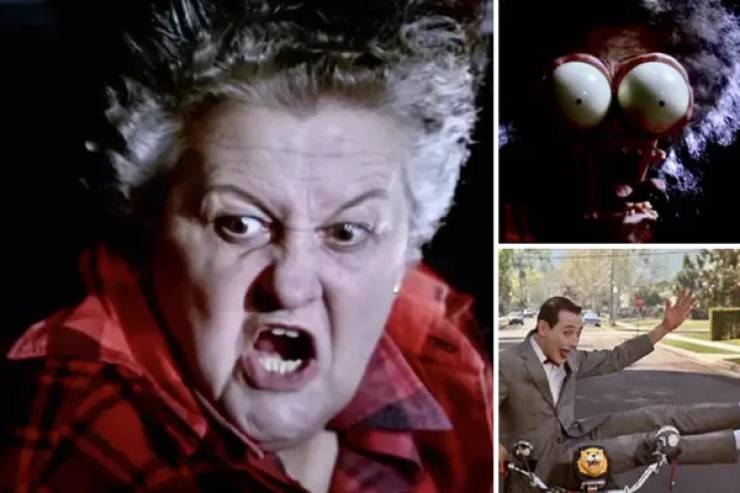

The mentally ill are "portrayed as violent" and, therefore, feared instead of helped when they are the ones in most need of support and empathy. The film The Roommate (Christiansen, 2011), amongst many others, continues to alienate people with mental disorders and leave them with no one to turn to. A recent study "revealed that a third of people would not be interested in being friends with someone who had mental health difficulties a fifth believed mental health difficulties are associated with lower intelligence 62% would not hire someone with a history of mental illness and 42% believed seeking help to treat mental ill health is a sign of weakness" (Goodwin, 2014, p. Anyone who may take Zyprexa may relate to Rebecca on-screen and then may be rejected by society as she represents a violent murderer. This film depicts Rebecca's homicidal tendencies as a symptom of her mental illness, which is inaccurate and damaging. Although The Roommate (Christiansen, 2011) is a successful horror film when it comes to terrifying the audience, it can be harmful to the mentally ill. Sara realizes the only way to escape Rebecca is to kill her. Sara is threatened by Rebecca with a gun and soon discovers all of her victims, including another friend who is tied up. The protagonist finds Rebecca's prescription for Zyprexa pills, which are often used for bipolar disorder and schizophrenia (Christiansen, 2011).

After Rebecca invites Sara to a Thanksgiving dinner, Sara discovers through Rebecca's mother that her daughter has not been taking her medication. Rebecca becomes obsessed with Sara to the point of killing anyone who comes between them. In the horror film The Roommate (Christiansen, 2011), the protagonist, Sara, begins her freshman year at college with a new roommate, Rebecca. Films influence culture and can create barriers for the mentally ill (Goodwin, 2014, pp. Mentally ill viewers watching these movies may self-diagnose incorrectly or internalize the fact that they are dangerous too, which can be devastating (Goodwin, 2014, p. Even diagnoses are described wrongly, like in the movie Schizo (Walker, 1976), which defines "schizophrenia as 'a mental disorder sometimes known as multiple or split-personality haracterized by loss of touch with environment and alternation between violent and contrasting behaviour patterns'" (Goodwin, 2014, p. This becomes detrimental in how it affects the lives of viewers with mental disorders and it spreads misinformation. This conception of mental illness being depicted as bad is most common in the horror genre (Goodwin, 2014, p. This can be problematic for people dealing with real-life mental illness. Griffith created the "deranged mental patient stereotype" in his short film, The Maniac Cook (1909), and since then it has become popularized (Goodwin, 2014, p. In fact, the film begins with Michael escaping an asylum, and mental patients wandering around the front lawn in the dark.

Take, for instance, Michael Myers in Halloween (Carpenter, 1978). Amongst the most common assailants shown in horror films are the mentally ill.


 0 kommentar(er)
0 kommentar(er)
